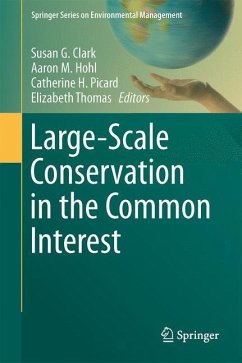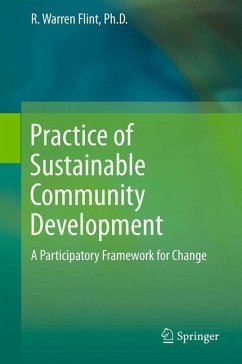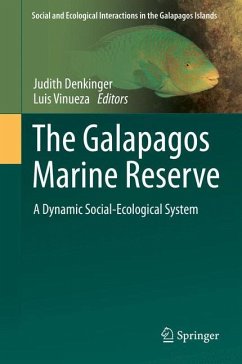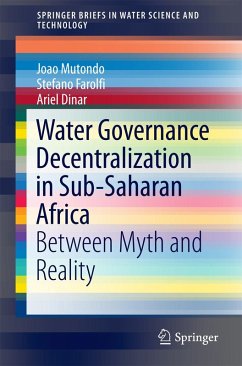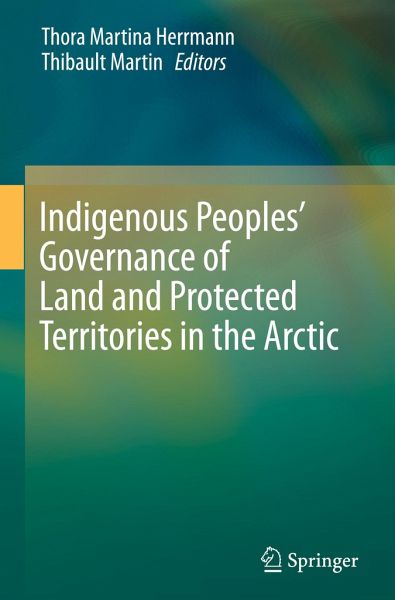
Indigenous Peoples' Governance of Land and Protected Territories in the Arctic

PAYBACK Punkte
42 °P sammeln!
This book addresses critical questions and analyses key issues regarding Indigenous/Aboriginal Peoples and governance of land and protected areas in the Arctic. It brings together contributions from scientists, indigenous and non-indigenous researchers, local leaders, and members of the policy community that: document Indigenous/Aboriginal approaches to governance of land and protected areas at the local, regional and international level; explore new territorial governance models that are emerging as part of the Indigenous/Aboriginal governance within Arctic States, provinces, territories and ...
This book addresses critical questions and analyses key issues regarding Indigenous/Aboriginal Peoples and governance of land and protected areas in the Arctic. It brings together contributions from scientists, indigenous and non-indigenous researchers, local leaders, and members of the policy community that: document Indigenous/Aboriginal approaches to governance of land and protected areas at the local, regional and international level; explore new territorial governance models that are emerging as part of the Indigenous/Aboriginal governance within Arctic States, provinces, territories and regions; analyse the recognition or lack thereof concerning indigenous rights to self-determination in the Arctic; and examine how traditional decision-making arrangements and practices can be linked with governments in the process of good governance. The book highlights essential lessons learned, success stories, and remaining issues, all of which are useful to address issues of Arctic governance of land and protected areas today, and which could also be relevant for future governance arrangements.






